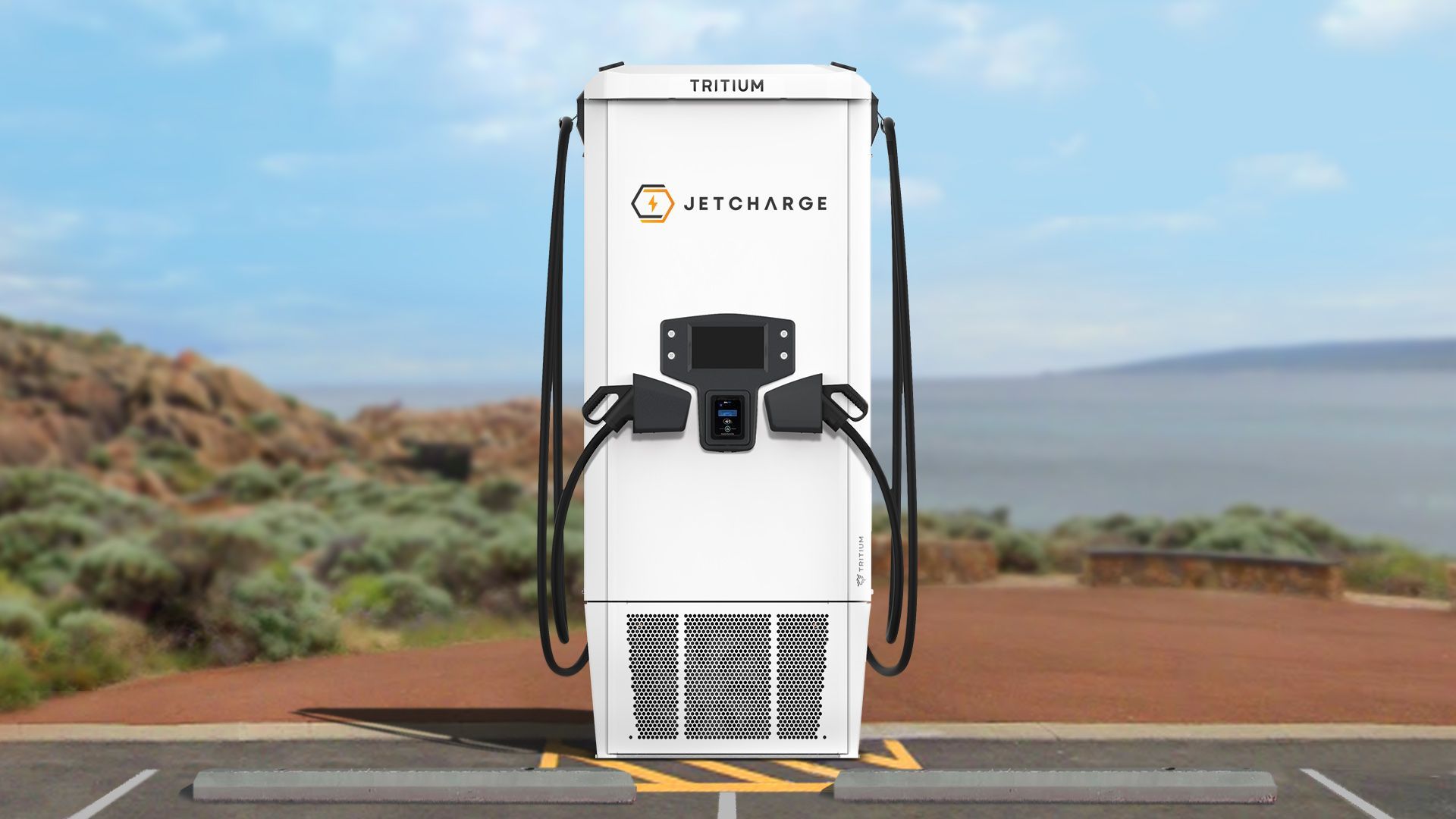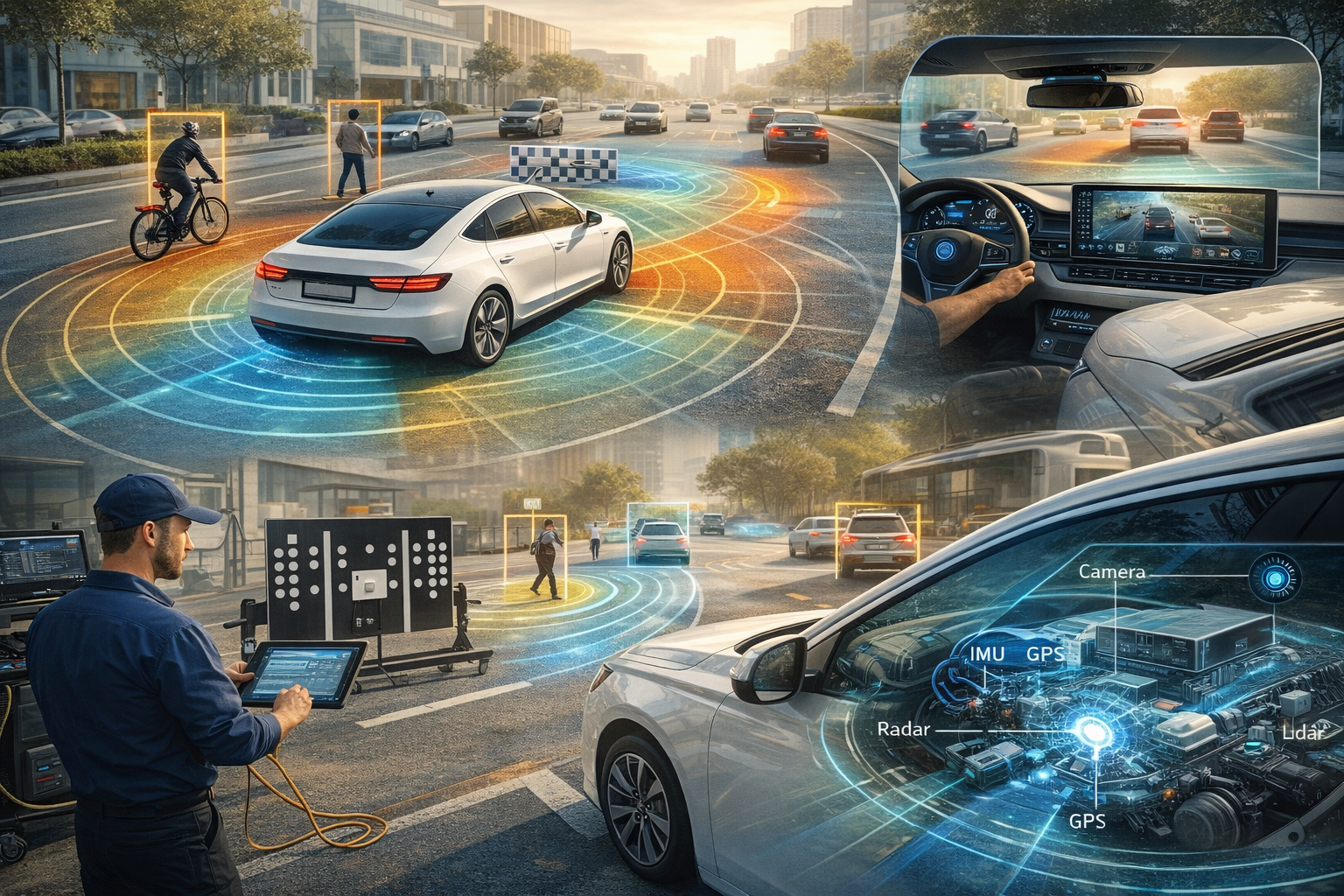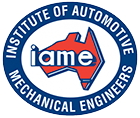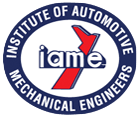Revolutionizing Electric Vehicle Fleet Charging: JET Charge and ARENA's Innovative Solution


The world is witnessing an unprecedented shift towards sustainability, with electric vehicles (EVs) at the forefront of this green revolution. As the adoption of electric vehicles continues to grow, addressing the infrastructure needs for charging fleets of EVs becomes a pressing concern. JET Charge, in association with the Australian Renewable Energy Agency (ARENA), is taking a giant step forward to make charging electric vehicle fleets more accessible and efficient. This innovative partnership is set to revolutionize the way we charge EVs, further accelerating the transition to a greener and more sustainable future.
The Growing Need for Fleet Charging Solutions
Fleet management is a complex task, with businesses and organizations relying on various vehicles to operate efficiently. As environmental concerns and cost-efficiency gain prominence, more and more companies are turning to electric vehicle fleets. This shift presents both opportunities and challenges, and charging infrastructure is a significant part of the puzzle.
Charging electric vehicle fleets, whether for delivery services, taxi companies, or corporate car pools, requires careful planning and infrastructure development. Conventional charging stations may not be sufficient to meet the demands of a large number of vehicles, making it essential to develop innovative solutions that can address these unique challenges.
The JET Charge and ARENA Collaboration
JET Charge, a leading player in the electric vehicle charging industry, has joined forces with the Australian Renewable Energy Agency (ARENA) to develop a groundbreaking solution for EV fleet charging. ARENA is known for its dedication to advancing renewable energy technologies and increasing the use of clean energy sources, and this partnership demonstrates its commitment to fostering EV adoption.
The core aim of this collaboration is to create a more accessible, efficient, and environmentally friendly way to charge electric vehicle fleets, thereby promoting the adoption of clean energy and reducing carbon emissions.
Key Features of the Innovative Fleet Charging Solution:
- Smart Grid Integration: JET Charge and ARENA are working on an intelligent grid integration system that will optimize the use of renewable energy sources, such as solar and wind power, for EV fleet charging. This means that fleets can be charged when there is an abundance of green energy available, reducing the reliance on fossil fuels.
- Scalable Infrastructure: The solution will be designed to cater to the needs of a wide range of fleet sizes and types, ensuring that businesses of all scales can transition to electric vehicle fleets seamlessly.
- User-Friendly Software: User-friendly software and apps will be developed to manage the charging process efficiently. Fleet managers will have access to real-time data, allowing them to monitor and control the charging of their vehicles with ease.
- Cost Savings: The innovative solution will also aim to reduce operating costs for businesses by enabling them to take advantage of off-peak charging rates and minimize downtime.
- Fast Charging: High-speed charging will be a core feature, ensuring that fleets can get back on the road quickly, even during peak demand periods.
Benefits of the Partnership
The partnership between JET Charge and ARENA holds great promise for the future of EV fleet charging. By harnessing renewable energy sources, optimizing grid integration, and providing scalable infrastructure, this solution will not only make fleet charging more accessible but also more environmentally sustainable.
Here are some of the key benefits:
- Reduced Emissions: By using clean energy sources, the solution will significantly reduce the carbon footprint of electric vehicle fleets, contributing to a cleaner and greener environment.
- Lower Operating Costs: Businesses can expect cost savings through smart charging and the use of renewable energy, making EV fleets a more attractive and cost-effective option.
- Enhanced User Experience: User-friendly software and fast charging capabilities will make managing an EV fleet more efficient and hassle-free.
- Increased Adoption: The accessible and efficient charging solution is likely to encourage more businesses and organizations to transition to electric vehicle fleets.
The collaboration between JET Charge and ARENA represents a significant step forward in the evolution of electric vehicle fleet charging. As the world moves toward a more sustainable future, this innovative solution offers a promising avenue for making EV fleets more accessible, cost-effective, and eco-friendly. It's a testament to the power of public and private sectors working together to drive positive change, ultimately leading us toward a cleaner and greener future.








